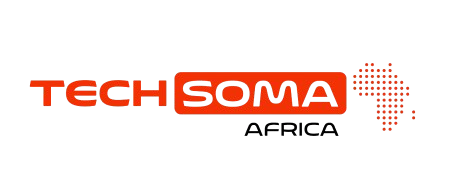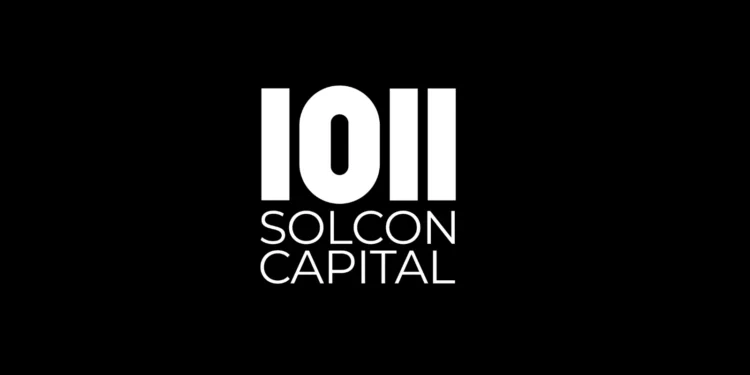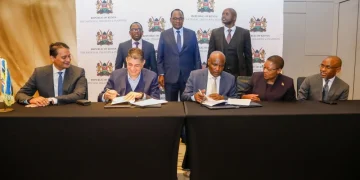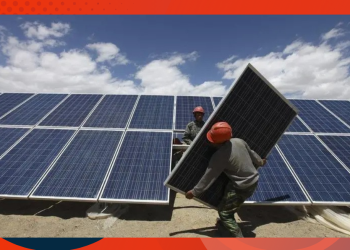Solcon Capital has launched the Tech Credit Fund, offering up to R5 million (≈ US $290,000) in debt finance to Black-owned Internet Service Providers (ISPs) across South Africa. The facility pairs credit with technical support, including network design, vendor negotiations, and project management.
Its structure includes milestone-based disbursements and flexible repayment linked to cash flows, reducing collateral barriers for township and rural ISPs. The model, detailed by Developing Telecoms and Zawya, aims to let smaller providers extend affordable internet to underserved areas.
Executive chair Andile Ngcaba described the fund as “a bridge between financial empowerment and digital access.” It aligns with the broader SME-support framework of the Small Enterprise Development and Finance Agency (SEDFA), which is reshaping how South Africa funds inclusive growth.
Why South Africa Still Struggles With Access
South Africa has deep backbone capacity and a growing data-centre scene, yet 13.6 million people were offline at the start of 2025, according to Datareportal’s Digital 2025: South Africa. Household access climbed to 78.6 percent in 2024/25, based on the ICASA sector report, but gaps remain across townships and rural provinces.
Affordability compounds the problem. Even with falling mobile-data prices, South Africa remains mid-table globally, as shown by MyBroadband’s review of Cable.co.uk’s pricing data.
Policy ambitions are clear. The Digital Economy Plan 2030 sets a target of universal broadband by the end of the decade, and the SEDFA merger was designed to streamline SME financing. Together they form the backdrop for credit models tailored to last-mile ISPs.
Where Capital Meets Connectivity
The Tech Credit Fund sits between venture debt and development finance. It provides credit, mentorship, and operational guidance, linking financial access to physical rollout.
Each applicant can access up to R5 million, released in phases tied to project milestones. That approach reduces risk and ties repayment to subscriber revenue.
The model reflects SEDFA’s shift toward outcome-linked SME finance. Analysts say this could reshape how African infrastructure is financed, echoing hybrid schemes seen in Kenya’s digital-inclusion funds and Nigeria’s rural broadband cooperatives.
Still, risk persists. Township ISPs operate in low-ARPU zones, where monthly earnings can fall below R150 per user, according to MyBroadband’s 2025 ISP cost analysis. Solcon’s technical support could prove crucial in helping them negotiate vendor terms and maintain repayment discipline.
A Blueprint For Inclusive Connectivity
The fund is one of South Africa’s first attempts to treat credit as a connectivity tool, not just an economic one. If it works, it could become a regional template for sustainable broadband finance. Kenya’s community-network loans and Nigeria’s Rural Broadband Access Programme already hint at what replication could look like.
Beyond Africa, Gulf markets such as the UAE are experimenting with inclusion-finance models within smart-city SME accelerators. The shared logic is that financial design, not just technology, determines who gets connected.
Solcon Capital’s success will depend on how many ISPs it supports in the next two years, how reliably those ISPs manage repayments, and whether reinvestment cycles can make the fund self-sustaining.
If those conditions hold, this could redefine what inclusive finance looks like for Africa’s digital future. It’s a reminder that broadband access is as much a financial problem as it is a technical one.
















